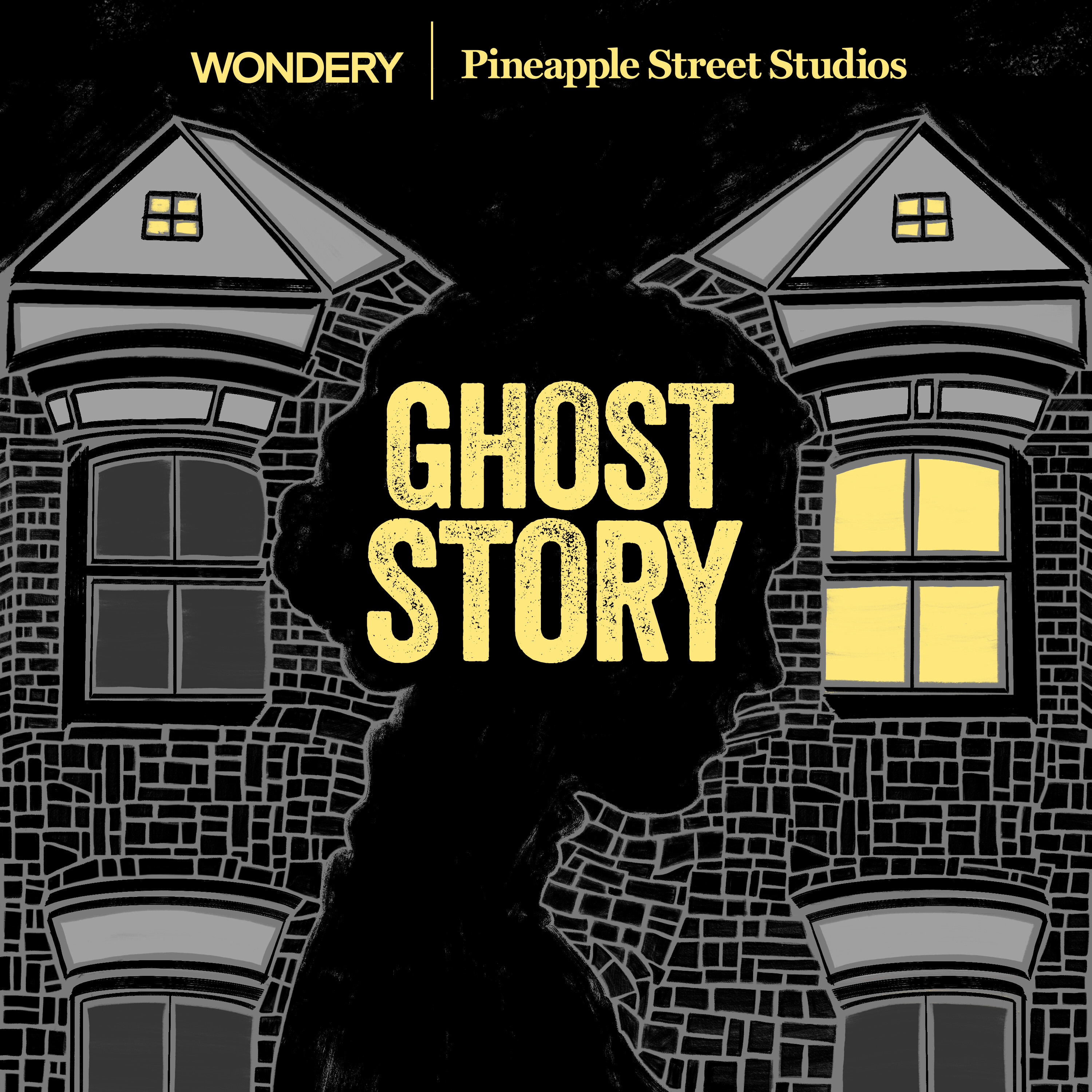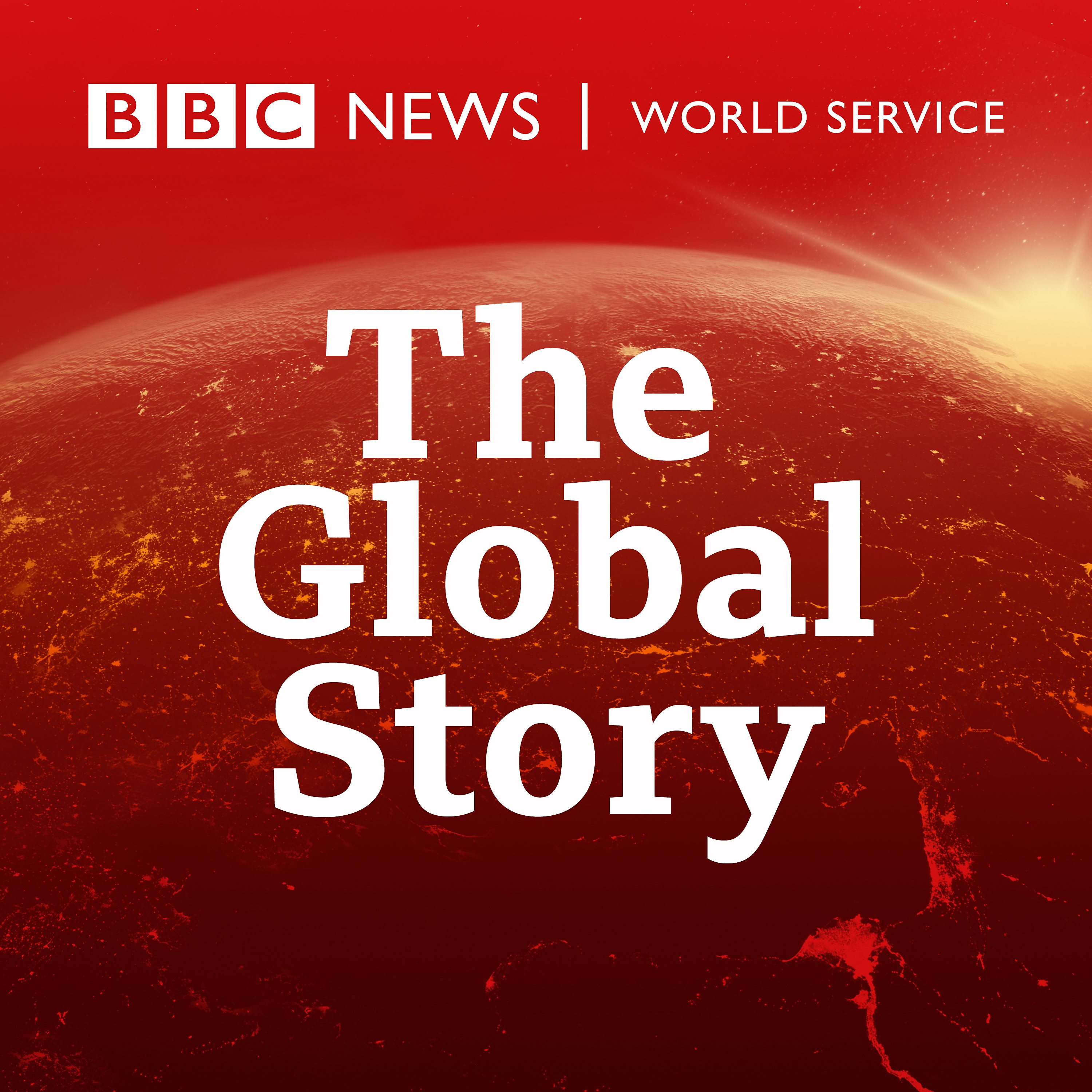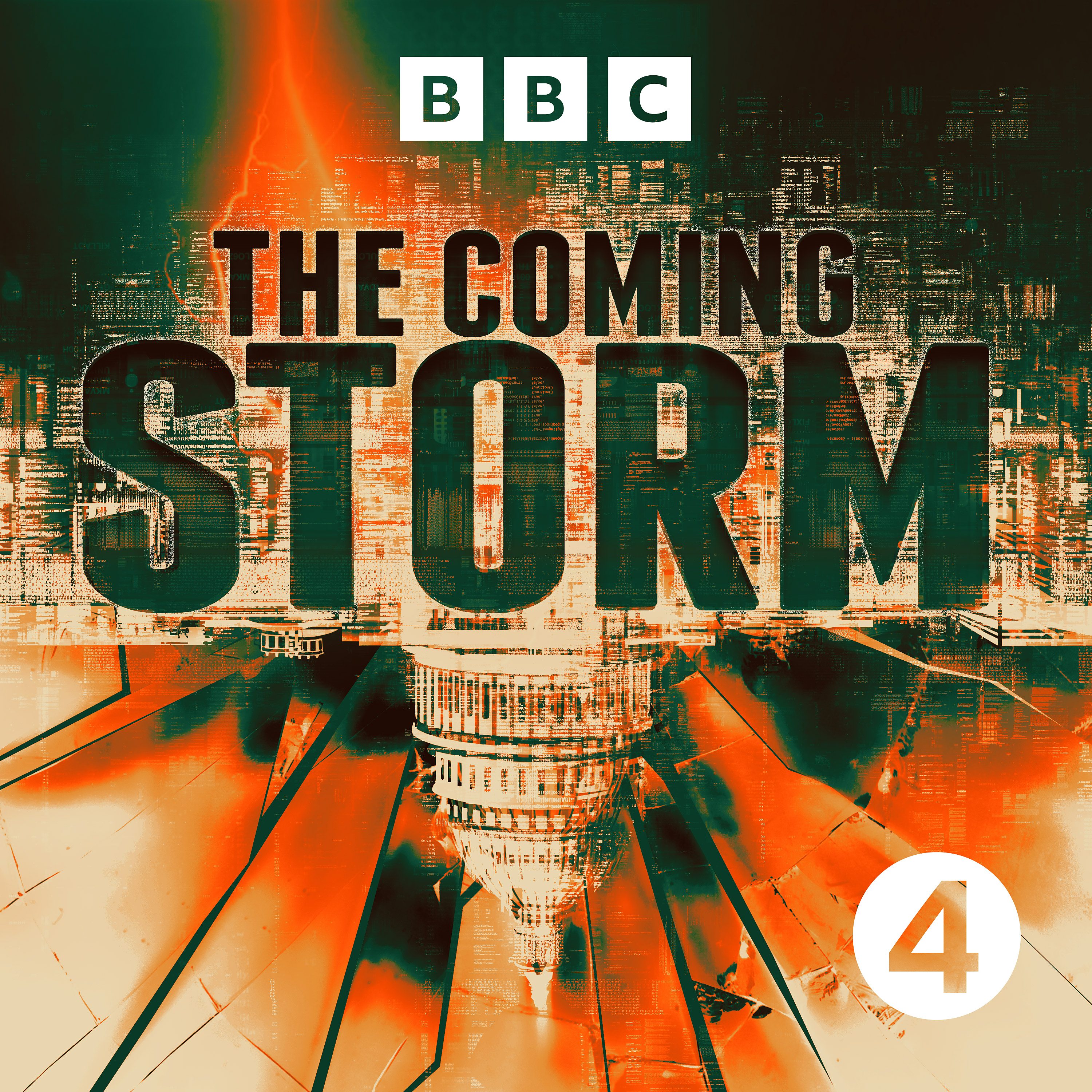
Brian's Run Pod
Welcome to Brian's Run Pod, the podcast where we lace up our running shoes and explore the exhilarating world of running. Whether you're a seasoned marathoner, a casual jogger, or just thinking about taking your first stride, this podcast is your ultimate companion on your running journey.
Join us as we dive deep into the sport of running, covering everything from training tips and race strategies to personal stories and inspiring interviews with runners from all walks of life. Whether you're looking to improve your race times, stay motivated, or simply enjoy the therapeutic rhythm of running, Brian's Run Pod has something for every runner.
Brian's Run Pod
Brian's Run Pod Compilation Episode
Transform your running and triathlon journey with insights from top experts featured in this episode of Brian's Rompod. Discover how Dr. Jeffrey Sankoff redefines swimming for runners eyeing a triathlon, focusing on body position over kicking power to conserve energy and boost performance. Dr. Katy Kennedy sheds light on the essentials for beginner female runners, from pacing strategies to investing in premium gear to avoid injuries and maximize enjoyment. Additionally, Dr. Nichola Renwick takes us through the biomechanics of sports bras, debunking myths and underscoring the importance of the underband for optimal support.
Be inspired by remarkable stories of resilience and growth that underscore the power of community and personal transformation. Hear from Merili Freear as she shares her motivational journey from a sedentary lifestyle in Estonia to conquering ultra-marathons in England, driven by strength training and a spirit of perseverance. Learn practical advice on balancing life from Carleth Keys, whose passion for running is fueled by her son's inquisitive nature about marathons. Jana Barrett, a movement coach from New Zealand, highlights the significance of mobility and her transition from the Czech Republic to becoming a body movement specialist. These narratives celebrate the inspiring spirit of the running community and offer invaluable takeaways for athletes at every level. Plus, not forgetting expert Yoga insights from Nicky Yazbeck
Plus, we have a new feature on the podcast you can now send me a message. Yep you heard it right- Brian's Run Pod has become interactive with the audience. If you look at the top of the Episode description tap on "Send us a Text Message". You can tell me what you think of the episode or alternatively what you would like covered. If your lucky I might even read them out on the podcast.
Instagram
So you're thinking about running but not sure how to take the first step. My name is Brian Patterson and I'm here to help. Welcome to Brian's Rompod. Welcome back to another episode of brian's run pod, and it's me, brian patterson, to give you an insight into all things running. Well, we are fast approaching the end of the year and I thought it'd be a good idea to do a compilation episode. We've talked to physiotherapist, a moves specialist, running author, running podcaster, a doctor who was a triathlon coach, not forgetting my trusty friends Paul and John.
Speaker 1:There are just so many people who I want to thank that have come on to the podcast, and this podcast is all about giving me, not just about me liking the sound of my own voice, but it's about getting others to have a voice in the podcast world. Above over half of my guests have not been on podcasts before, so, anyway, let's get on with the episode. Well now, I've had many guests over the past 22 months. I can't believe it. It was started in January 2023. So I have had many skills.
Speaker 1:However, I have been very lucky to have three doctors, one medical and the other two have done research in their field, their PhDs. First, we are going to hear from a Dr Jeffrey Sankoff, who, by the way, has his own podcast We'll put a link in the show notes for that and here he talks about how body position in swimming is so important, as it can overcome a poor leg kick. This episode launched on the 1st of September this year, and you may be wondering why I'm talking about swimming on the Running Podcast, but this episode was focusing on runners looking to transition to triathlon.
Speaker 2:The biggest mistake that adult onset swimmers people who kind of learn to swim as an adult make is they think that the kick is important and that the kick is going to make them go forward, and so they end up wasting a ton of energy on the kick. And the reality is that the most important thing for swimming is getting good body position. And if you can get a good body position, you almost don't even have to kick, because the people who generate a ton of velocity with their kick are the people who've been swimming their whole lives the Olympic swimmers, the high school swimmers, the people who've swam for decades. Those are the people who have a really good kick.
Speaker 2:The rest of us, we're not really doing that much with our kick.
Speaker 2:We're using our kick to keep us in a good place in the water. We're using our kick to make sure our legs don't sink too much, but we're not really generating that much thrust. And so for that reason, I always tell people don't focus so much on kicking so hard. Instead, focus more on keeping your body position correct, and that means keeping your head low in the water. Your hips will come up, your legs will be more at the surface, you won't have to kick to keep them there, and then you don't have to kick nearly as frequently. And when swimmers are able to master that, they find that they're able to swim with much less energy usage. They're not nearly as out of breath, not nearly as fatigued, and they actually enjoy swimming a lot more. It takes a while to get to that point, but it's worth working towards, because once you get there, it's a revelation. You don't have to kick nearly as hard as you think you do, and loosening up those ankles becomes less of a major pressing point.
Speaker 1:And also, at the end of the day, you want to save your legs for the next two, that's correct.
Speaker 1:Wise words from Dr Jeffrey Sankoff and, as I said, that episode came out in September. Sankoff and, as I said, that episode came out in September. On to another doctor, dr Katie Kennedy. An exercise often seen as a physical pursuit and also has an intricate emotional side to it. In a captivating conversation with Katie Kennedy, a PhD holder from the University of Surrey, we explore the emotional ties we share with exercise and how it influences our commitment to fitness. Here she gives a tip for women looking to get into running and she says that it is not all about going well like a bat out of hell. So this episode launched last year on the 5th of November.
Speaker 4:You shouldn't. I think it's very much kind of a very macho idea about running should be fast, should be hard, and I don't think that's necessarily true. I think, especially for beginners, if you want to run for the long term, you should not go off like a bat out of hell because it hurts, it's painful, you'll get injured, you'll give up and nobody wants that. So I think your aim at the start should be you'll improve anyway. If you just go out and jog a bit, you will get better. Naturally, you'll get fitter. So I think my number one takeaway would be slow down, enjoy yourself and then maybe definitely get a good bra.
Speaker 1:Yeah, don't get things.
Speaker 4:Good bras and good shoes.
Speaker 1:And moving on from that as a good transition, and moving on from that as a good transition, as you said, getting a good bra. We also talked to dr nicola renwick. Now what katie said about having a good bra successfully transitions to my next guest, as I've just said, and and she was part of research team that is looking at sports bra biomechanics. The episode dived into a compelling discussion about the common misconceptions that plague sports bra selection and the surprising findings of how perceived support often mismatches actual effectiveness. This episode came out on the 14th of April this year, and here she gives some tips for women looking to buy their next sports bra.
Speaker 5:Yeah, so the underband is actually where the majority of the support for your breasts come from. So a lot of people think it comes from the strap, but actually the straps are just there to hold the bra onto your body.
Speaker 5:The underband is almost at almost like a shelf, to kind of like support your breasts from below right so you want to make sure that that's level around your chest wall so it's not rising up at the back, and you also want to make sure that it's if you stand and put your hands up in the air.
Speaker 5:It's not moving up away from your body, so that that would be a sign that it's too big. And you also want to make sure that if you give it a little pull, a little tug at the side, it that it's got no more than a five centimetre give. That would suggest it's too big. And then if you can't get your fingers under there, then it's too small. So you need to then think about changing your size of underband. Then we go on to the straps. So again, straps are adjustable and again, so you want to adjust them, and this might be different on each side. They might not be at the same length on each side.
Speaker 5:And again, you want to make sure that there's not more than a five centimeter pull when you kind of stick your finger up and pull it up off your shoulder. You don't want more than five centimeters. You want to tighten it up a bit.
Speaker 1:So well, there we have our three doctors Now. Change of pace. Like what I did there, we had the pleasure of talking to Morelli Ferreira, a running author. What if the activity you dreaded in school could become your sanctuary? In our latest podcast episode we explored the remarkable transformation of Morelli Ferreira, who went on to becoming, or being, an exercise adverse student in Estonia to an ultra marathon runner in England. Morelli's journey is a testament to the power of resilience and mental fortitude and finding joy in unexpected places. It was episode 83 and came out on the 28th of July and she talks about the hypermobility in her joints. And then, like you said, you said you found that the community was really helpful and did it kind of like you know, because you had this thirst for knowledge. What were the main things you kind of? You know that they kind of.
Speaker 3:Well, the first things that I probably learned is I have a body that is prone to injury because I have hypermobile joints, so it means that my joints are a bit more bended and it's very common 30% of people have this condition. But as a new runner, you kind of have to strengthen the areas where you could get over your injuries. I got runner's knee quite early on, but I'm really grateful that it happened, because it forced me to look into what I have to do to avoid that. So I looked into strength training and I started to do like running drills yeah, I took this book here because it has been really my running Bible Running free of injuries, running free of injuries.
Speaker 3:It's a brilliant book, for maybe we could add it to the episode notes.
Speaker 1:Yeah, I'll put it in the description yeah definitely, as well as your book.
Speaker 3:It's a brilliant book because, for me, I can't run to the physio every time when I have a niggle or something like that. But this book clearly explains what's going on, what I should be doing, what I shouldn't be doing, what kind of exercises I have to do to sort it out, and 90% of the time it does help. So, yeah, I really believe into the books. It has really helped me.
Speaker 1:And I really recommend you get her book as well, as well as the book that she was just talking about. Well, I've been desperate to get a running influencer on the podcast. Well, carly's Keys Now. Have you ever wondered what it's like to be a running influencer? Well, running influencer.
Speaker 1:Well, back in early September, I launched a couple of episodes where we talked to none other than Carly Keith she has over 150,000 followers on Instagram and in that episode, we talked about her being a complete novice and the unrealistic expectations from social media for her being a complete novice and the unrealistic expectations from social media. And one of the most touching aspects of Carly's story is that how running became a vital part of her life, helping her to disconnect and find clarity in the hustle and bustle of her career and motherhood. She recounts the touching moment when her son's curiosity about marathons sparked her own interest in running, and this passion has become a sanctuary for her, providing solace amidst the chaos of the fast-paced career and motherhood. Carly's insights and practical advice are a breath of fresh air for both novice and seasoned runners, offering you a sincere look into the highs and lows of the journey. And here is a brief excerpt from one of the episodes we did with her.
Speaker 8:It was my four-year-old back in the day five years ago, so he saw that he saw a documentary on the New York City Marathon and he saw the sea of people crossing the Verrazano Bridge and he asked me, what is that? And I told him this is the New York City Marathon, the biggest party in town and it's amazing, like 50,000 people running together. He's like, but you like running? I'm like, yes, have you ever run the New York City Marathon? I'm like no, why no? Why? Well, because the same thing, you know, it requires a lot of time, dedication, and mommy doesn't have the time. He's like, yes, you do. And he was right, because back then I was going through some you know ups and downs in my career, wise, you know, talking about that, because I, I, I became a mom and, as I said, that the episode came out back in July, so please do have a listen Now.
Speaker 1:We talked to someone across the other side of the world, jana Barrett in New Zealand, and I do apologise again that I did get her name wrong at the beginning of the episode, but I managed to. She did correct me, but it was no problem. I managed to. She did correct me, but it was no problem. So, as I said, with the wonders of technology, I was able to connect with Jana, a fitness and movement coach, and her mantra is all about mobility. You just have to look at her website to see that she really believes in what she preaches. She launched I launched this episode back in October, and balancing motherhood, personal care and a thriving career in fitness can seem like a Herculean task.
Speaker 1:In our latest podcast episode, when we talked to her, we delved into the inspiring journey of Joanna Barrett, a body movement specialist and a self-described feminine warrior. Described Feminine Warrior. Growing up in the wild outdoors of Communist Czech Republic, joanna experienced a childhood filled with unstructured outdoor activities that laid the foundation for her lifelong passion for movement and fitness. Her transformative journey took a significant turn when she moved to New Zealand, where she embraced motherhood and found a new path in fitness. Here she talks about the benefits of doing a daily mobility routine.
Speaker 7:And I think, like I remember, I was reading an article where it said that 75% of all runners will get injured at some point of their running career and that's a horrendous number. That is a very, very high number. So, and you know, I see I don't run myself anymore now, but I see runners everywhere New Zealand is a real running country and I can identify quite quickly when I see people running what's missing in terms of their mobility.
Speaker 7:So I think that what I would like to tell your beautiful audience of runners is you need to be doing systematic, targeted, daily, ideally mobility, and if the mobility is not stretching, it's quite different.
Speaker 1:Well, thanks very much, jana, for that. Now. Right now onto my next segment, and this episode launched in mid-August and, with all of my interviews, this has spread again over two weeks, and this it's an interview with Janice Isarman. Janice's story is truly inspiring. Despite her non-athletic background, she found her passion for movement and wellness through a consumer-led running club. The experience led her to explore various fitness practices and ultimately finding her calling in Pilates. Now, pilates, initially known as Contrology, helped Janice strengthen her hips and resolve knee issues. This practice not only transformed her fitness routine, but also paved the way for her career as a movement specialist. So we have another movement specialist, but this time she's in Canada. Her extensive training in New York City and various certifications, including Yamina, body ruling and trauma sensitive yoga, have equipped her with knowledge and the skills to help others achieve their fitness goals. And here is an excerpt of one of the podcast episodes I did with her.
Speaker 9:The more often you're able to actually break the cycle of sitting, the better off you are. But there's increasing research that shows that that activity doesn't offset sitting, and so I am fully aware that part of desk jobs is focus and all of that stuff and it's hard to break that focus. But it's going to be easier again to kind of do a few preventative pieces than it is to deal with physiotherapists and doctors and even the mental health aspects of not being able to run. So I don't have like specific answers of how to do that exactly because that's a really individual piece. But you know all that advice of just park a little bit further away and walk to your co-worker's office and set an alarm and stand up once an hour. Figure out one or two of those that actually is a bit effective for you and do them, because sitting is the worst enemy of rumors by far.
Speaker 1:And I can't agree more with that is very, very true. So I know myself. It's always really good to start moving about, maybe every quarter of an hour at least, so you can get your joints moving. But that was a some. I had just some brilliant advice and some excellent episodes. I really strongly recommend to look back in the catalogogue and to look for Gyanosis and Gyanosis Almond and the advice that she gives to runners. Next we've got Nikki Yazbek and she was on a recent episode and she was a qualified yoga teacher.
Speaker 1:Nikki's journey into yoga began in her early gym days, influenced by athletic parents. Her initial foray into yoga wasn't a perfect fit, but she eventually found a style that resonated with her. The personal experiences underscore the importance of finding a yoga teacher and style that aligned with one's personality, especially for beginners. Nikki emphasises that runners often characterised by a type A personalities tend to gravitate towards more active forms of yoga, like vinyasa flow. However, she encourages stepping outside the comfort zones to explore different styles and teach us to truly benefit from yoga's diverse offerings. Here she talks about how we could do a couple of simple exercises to help with tight hamstrings and hips.
Speaker 6:Yeah, I mean hips and hamstrings are so tight for runners. So you know that figure four where you can do it seated or standing, but you cross your ankle over your knee. So if you look down, there's like a figure four and then bending at the hips. You can even do it seated or standing, but you cross your ankle over your knee. So if you look down, there's like a figure four and then bending at the hips, you can even do it sitting. You can do it sitting, standing and that's just to open up the hips, or even sitting on the ground with one ankle in front of the other and like leaning forward.
Speaker 6:You're going to get some hip stretches there, moving your, working your hamstrings, doing a wide-legged forward fold, a forward fold. A lot of times runners and men or people that are really tight or athletes have a really hard time with hamstrings and hamstrings are really stubborn, and so I recommend that you bend your knees a lot, because if you just do a forward fold and you're really tight, you're going to take it in your lower back and you never want to feel pain in yoga, especially back pain. That's just telling you that that's not the right movement. But if you were to do a forward fold and bend your knees, you're still going to get that hamstring stretch.
Speaker 1:So when you talk about a forward fold, what do you mean? Do you mean?
Speaker 6:So if you're standing up straight, yeah, and then you just hinge forward at the hips and you get your head moving towards the ground.
Speaker 6:Yeah, that would be a forward fold and so you could do that with your knees bent a lot yeah and then if you think about just really pressing your feet down in the ground, like really trying to imprint your feet down on the ground, when you do that, shoes on, shoes off doesn't matter, that's going to even heighten that and engage the muscles in a different way. And then as you start to feel that stretch, you can slowly begin to straighten your legs. But again, you don't want to take that in your lower back.
Speaker 1:And there we have it. We've got some, as I said, we've had some brilliant guests, and that's only a small portion of some of the guests that I've had over the past 22 months, nearly coming up to two years. I can't believe it's gone so so, so quickly. I'll put all links in the show notes for all these interviews, but, as I said, there are other interviews and other people that I haven't included in this compilation episode. So please do go back and do please have a listen. All I can say is thank you very much for listening and look forward to more hints and tips on Brian's Rumpod next time.















